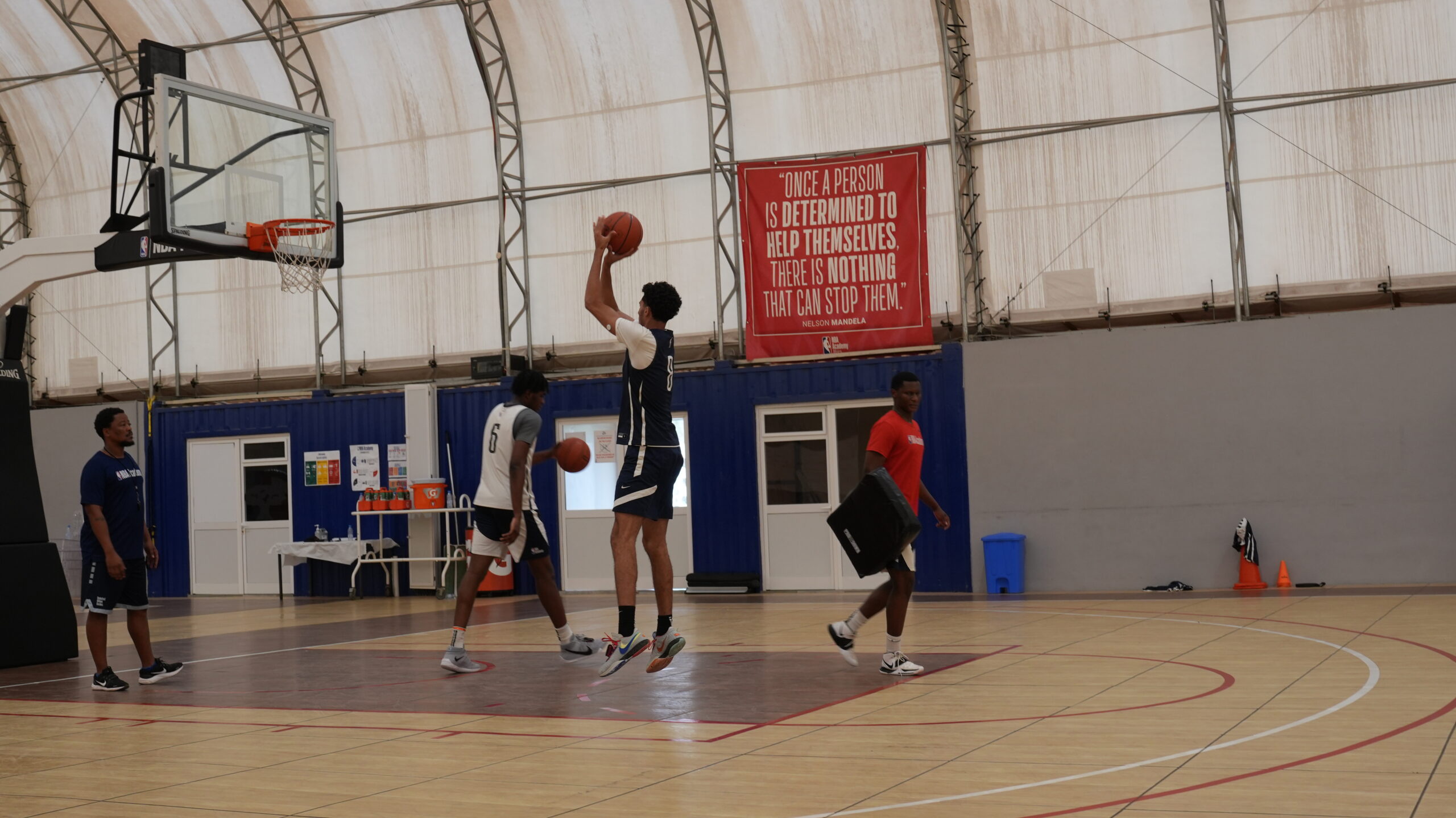SALY, Senegal — Seifeldin Hendawy traveled to this coastal resort town when he was 16 years old. Over three thousand miles away from his home in Egypt, Hendawy chased a dream of a professional basketball career at NBA Academy Africa.
Hendawy arrived on the campus as one of the youngest players. The academy recruits prospects in Africa as young as 15. They often remain at the facility in Saly, about a two-hour drive from Dakar, until they embark on a college or professional basketball career. It’s common for them to stay until they are 18 or 19.
Now 18, Hendawy departed Senegal June 9 for Chicago. Next season, he’ll play for Loyola Chicago at the Division I level. At the time he left here, he was one of the oldest players at the academy.
Hendawy acclimated after he set foot in one of Africa’s westernmost countries, but it took months. That’s common for a youthful player at the academy. Coaches understand that the youngest players need special attention, said Roland Houston, technical director of NBA Academy Africa. But they strive for a balance. “We’re not going to baby you, but we’re going to put our arms around you,” he said. “They [a younger player] may be one of the better players here, but they still have so much to learn.”
Of the 22 rostered academy players, 15 are from countries other than Senegal. Some come from nations in Central and Sub-Saharan Africa — like Angola and the Democratic Republic of the Congo. Hendawy grew up in Egypt.
Recruitment of players to the academy begins at an early age. Some of the most talented youth players move from SEED Academy in nearby Thies to the NBA Academy. SEED, a partner of the NBA, doesn’t accept players under 14.
Joel Ntale Kabugi from the Democratic Republic of the Congo is the youngest player attending the academy now at 15 years old. Five other players are 16. The oldest prospect, Mouhamed Camara, is 19.
Each player moves away from home, leaving family, culture and the way they live. For younger players, adapting to a new scene can be daunting from a social perspective. The academy staff attempts to ease the transition with team-bonding experiences, often on Sundays. Sometimes that means getting away from the academy campus and from basketball. The beach is just a ten-minute drive away. After that, the players might sink into the large over-stuffed couches in the academy’s player’s lounge to watch a movie.
On the court, the approach to supporting players, especially younger one, can vary. Coaches balance what they expect from the players with the circumstances they face when beginning at the academy. Players normally adapt in three to six months, Houston said.
Some graduates of the academy play at the highest level of college basketball for programs like Duke while others will play professionally in Basketball Africa League or for a team in Europe. In most cases, it begins at a young age when they arrive in Senegal.
“I was a little bit scared … I come here and left West Africa,” Hendawy said. “My character changed, my personality changed. The way I approach people and talk to them with confidence also changed. I’m growing.”

